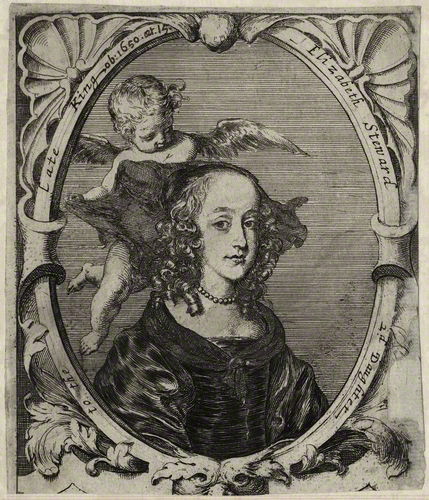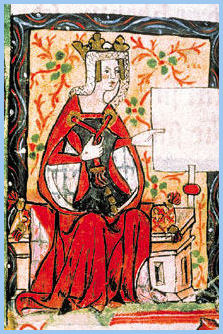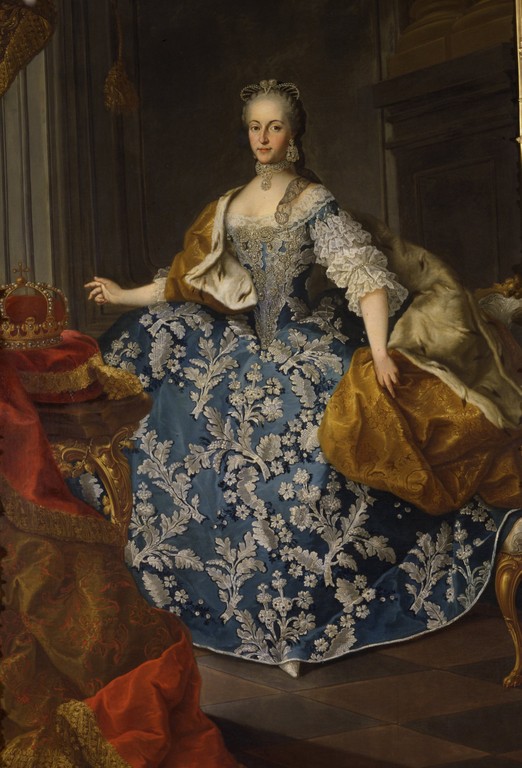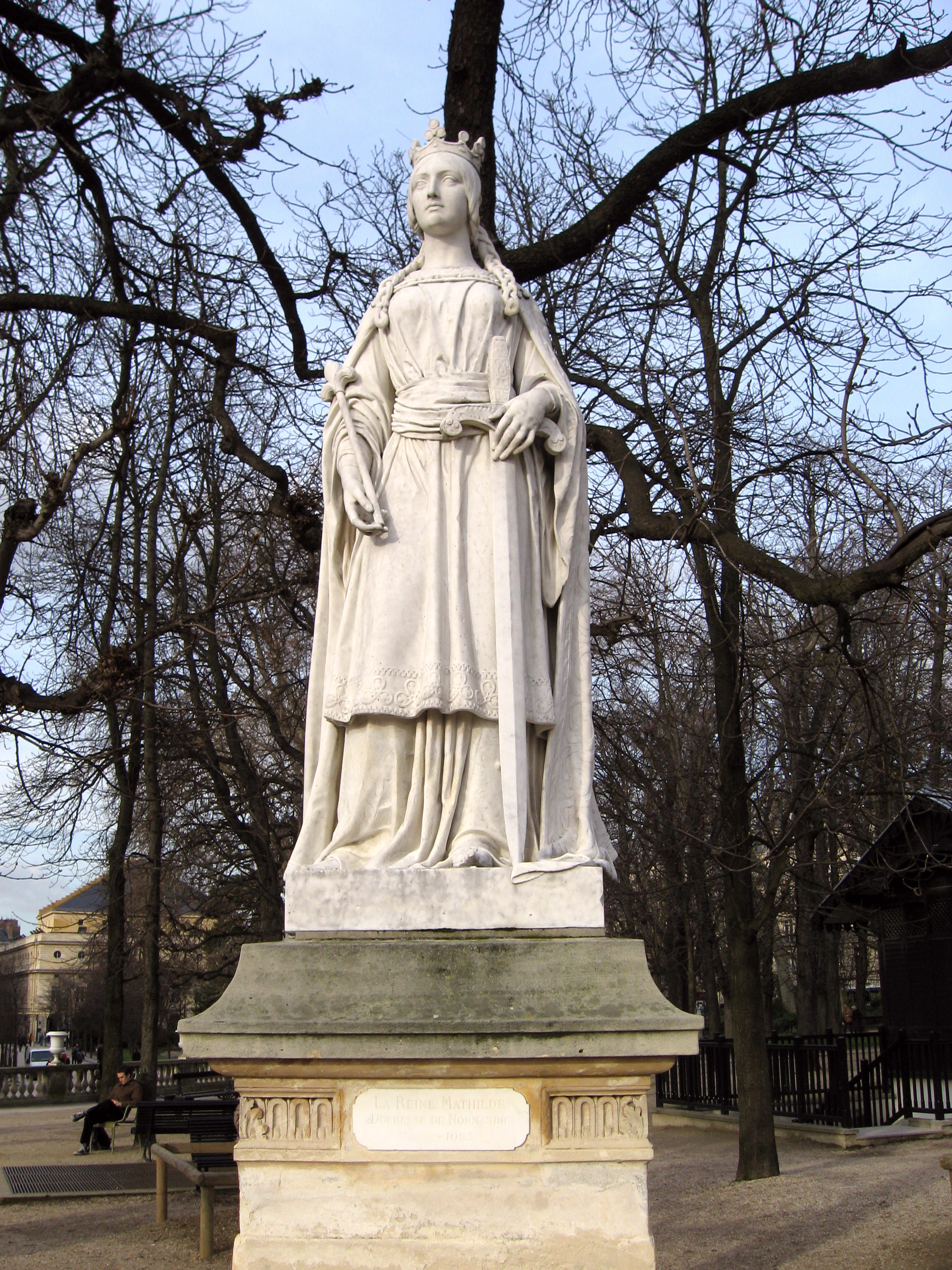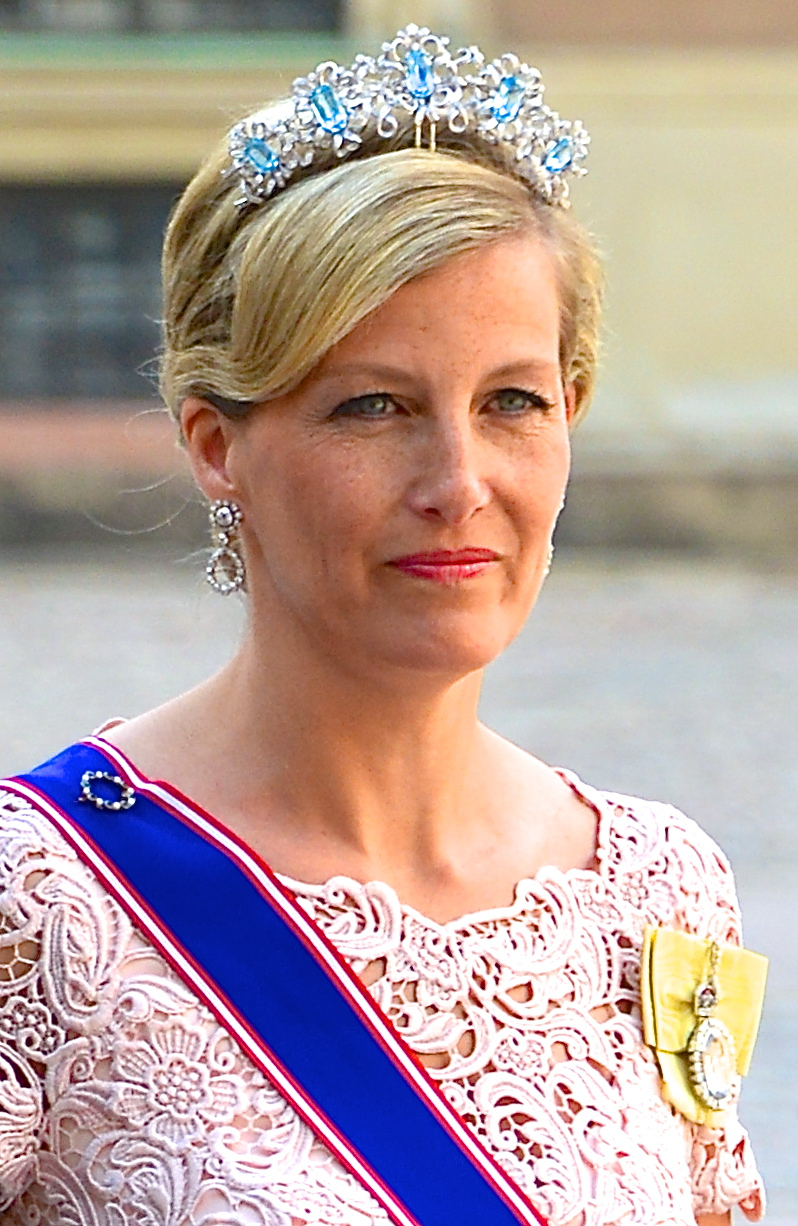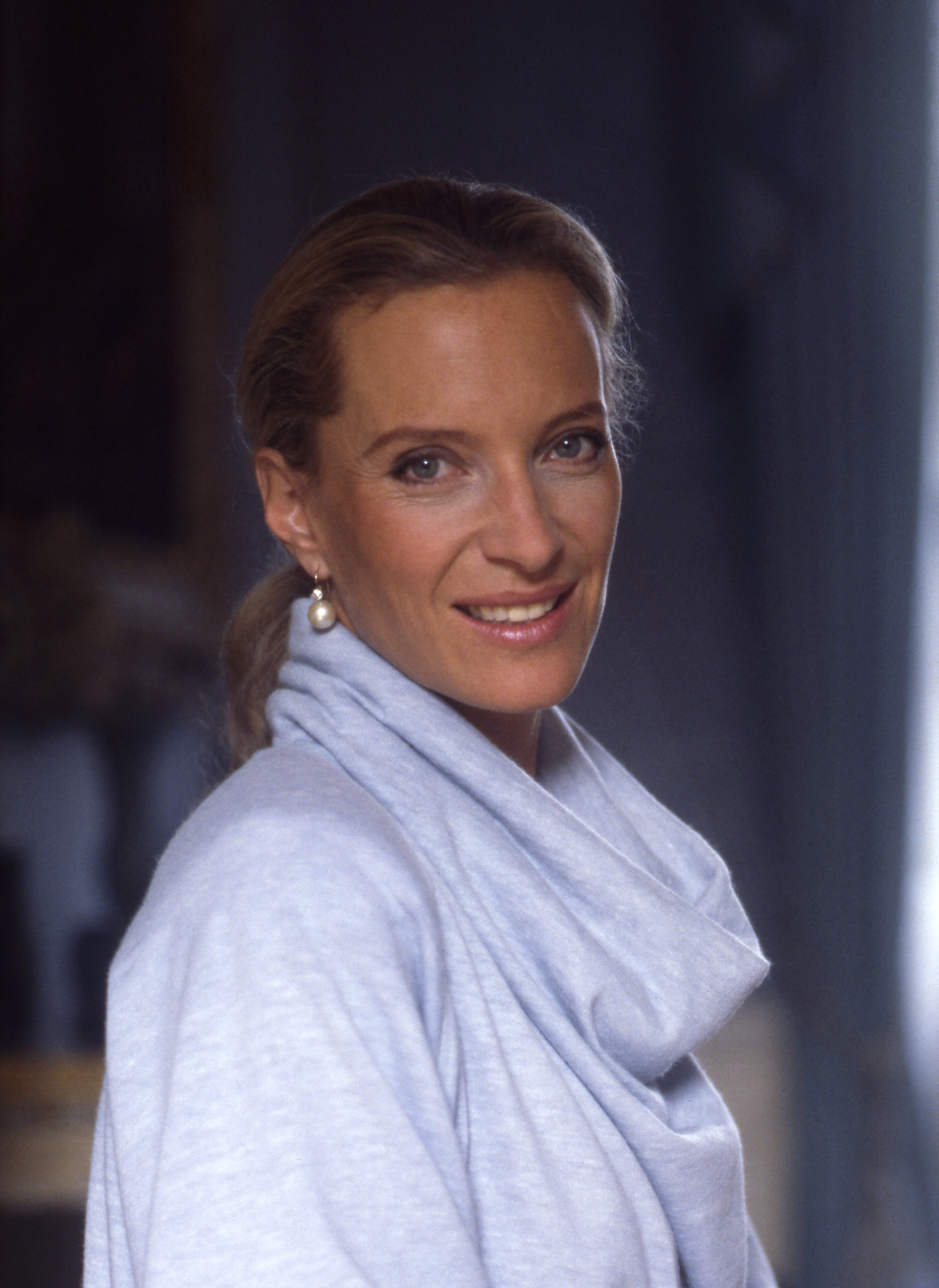 |
Execution of Piers Gaveston
By Joseph Martin Kronheim (1810–96)
via Wikimedia Commons
|
Today, we often think that princesses lead a charmed existence, but the truth is that women in general have had a challenging existence throughout most of history and, in some ways, high-born women had no more control over their own lives than peasant women. They might have had (slightly) more comfortable bed and food to eat (most of time) but they were entirely at the mercy of their fathers, husbands, brothers, or sons. In the case of a king's relative, the king ultimately had authority.
So it was, that 13-year-old
Margaret de Clare, granddaughter of England's King Edward I, found herself married to a man twice her age who was likely also her uncle King Edward II's lover. Piers Gaveston was certainly a very close friend of the king, and Edward wished to shower him with honors. Marriage to Margaret was a great step up in the world for Gaveston, who hailed from petty continental nobility, for not only was Margaret a royal granddaughter, she was also a great heiress. The king spent lavishly on their wedding and gave them many gifts. When their only daughter Joan was born four years later, the king threw a party that lasted for days.
Whether Margaret was aware of the relationship between her husband and the king, or whether it upset her is impossible to know. She often accompanied Gaveston, when she didn't have to, including when he was at war or when he was exiled to Ireland (because of outrage among the nobles when Edward literally allowed him to be lord over them as regent). Greedy and ambitious, Gaveston was also handsome and charming, and their closeness to the king might have made her life very comfortable. Nevertheless, was always a man to fly too close to the sun. After one too many provocations, he and Edward were both battling against irate nobles, when Gaveston was captured and summarily executed, much to the king's rage. Margaret was 19 and her daughter was only five months old.
King Edward provided generously for his widowed niece. Two years later, after the death of her only brother, she and her two sisters split the wealth of the Gloucester fortunes. A few years later, Edward married her off to another favorite, Hugh d'Audley (who also may have been one of Edward's lovers). Once again, Edward spared no expense celebrating their wedding. However, war soon erupted between the men who had married the Clare sisters, when one of them Hugh Despencer the Younger tried to take it all for himself. When d'Audley joined a rebellion against Edward, only Margaret's pleas spared him from execution. Nevertheless, she was kept under armed guard at Sempringham Abbey while her husband was imprisoned elsewhere.
Margaret had one child with her second husband, a daughter also named Margaret. In motherhood, Margaret suffered several heartaches. Her older daughter, Joan Gaveston, died at age 13. Younger daughter Margaret d'Audley faced a different kind of tragedy when she was about the same age. As happened all too often with heiresses in this period, young Margaret was abducted. This usually meant that the girl was also violated and forced to marry her abductor, in Margaret's case the middle-aged Earl of Stafford. Her parents protested to King Edward III (who inherited the throne after his father's ignoble ending), but the king supported Stafford. To assuage her parents, he gave her father the title of Earl of Gloucester and Margaret became Countess of Gloucester. (Sorry your daughter was raped, how would you like to be a Countess?)
Margaret survived another six years, dying in her late forties. She appears as a character in Shakespeare's Edward II, although the timeline of her life events is not accurate.
Many have cast Margaret's life as a series of tragedies, but for a different view, read
Women of Edward II's Reign, 3: The 'tragic" Margaret de Clare on the Edward II blog, which examines "why almost everything you think you know about Edward II is wrong".


